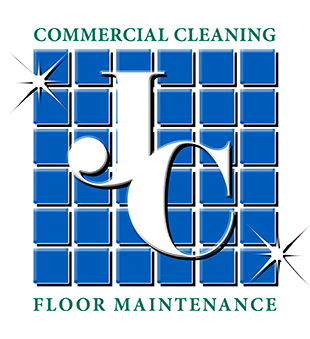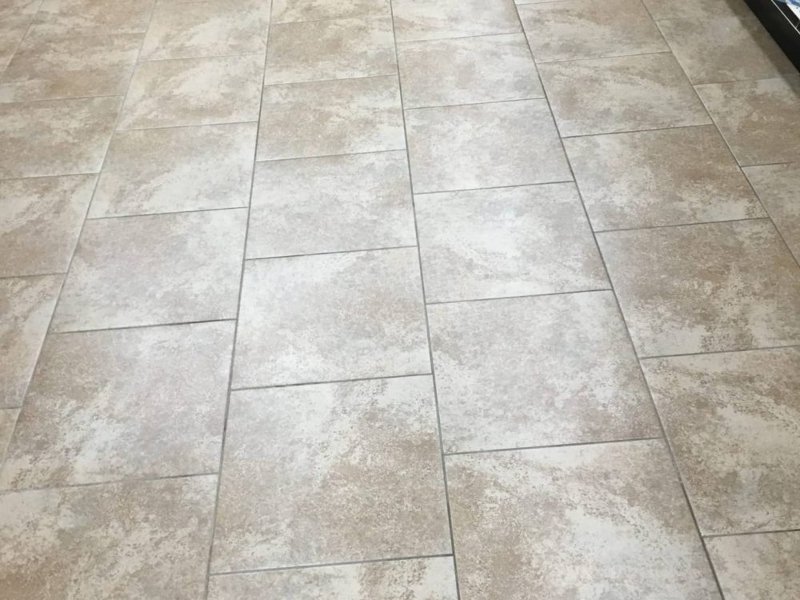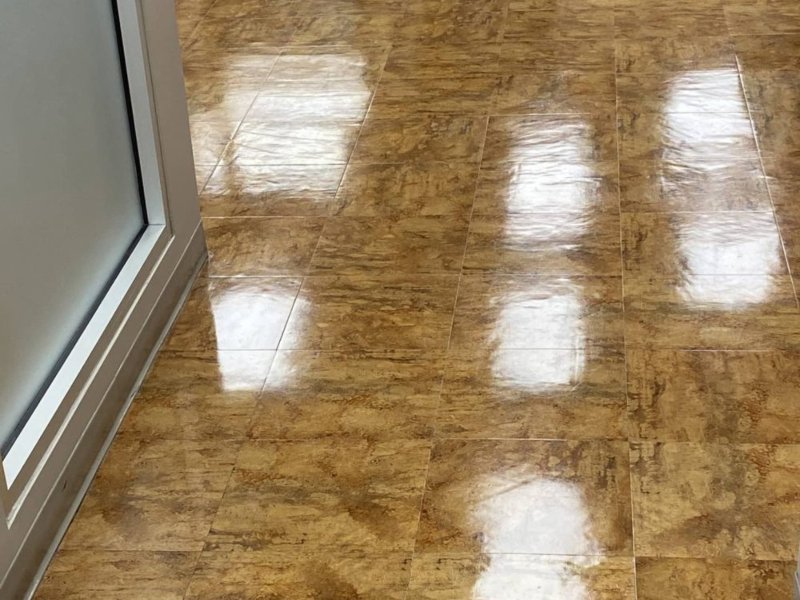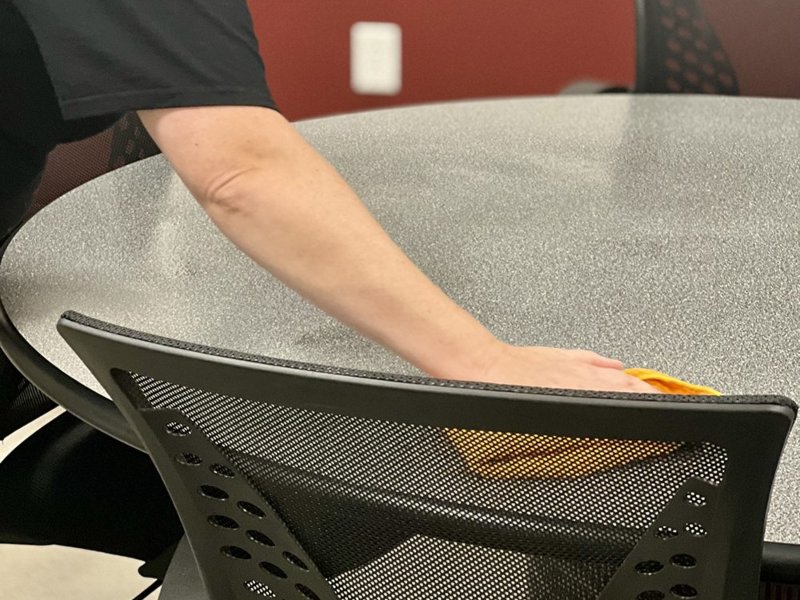Carpets add warmth and comfort to any room, but they can also harbor dirt, dust, and bacteria that can affect indoor air quality and your health. Regular carpet cleaning is essential for maintaining a clean and healthy environment, but how do you evaluate the cleanliness of your carpet and ensure it is properly sanitized? In this comprehensive guide, we will discuss how to identify hidden dirt and bacteria, assess the effectiveness of your cleaning routine, the best techniques and equipment for removing dirt, grime, and stains, and the most effective sanitizing methods for promoting a healthy work environment.
Identifying Hidden Dirt & Bacteria
- Allergies and Respiratory Problems: If you experience allergies, respiratory problems, or other health issues, it could be due to poor indoor air quality caused by dirty carpets. Dust and debris can accumulate in carpets, and when disturbed, can be released into the air and affect your health.
- Visible Stains and Dirt: If you notice visible stains and dirt on your carpets, it is a clear sign that they need cleaning. Stains can be difficult to remove and can attract more dirt and debris, making it important to address them as soon as possible.
- Foul Odors: A foul odor coming from your carpets is a common sign of bacteria growth. Bacteria can cause respiratory problems and allergies, making it important to have your carpets properly cleaned and sanitized.
Assessing the Effectiveness of Your Carpet Cleaning Routine
Regular carpet cleaning is essential for maintaining good indoor air quality and ensuring that your carpets are free of dirt, dust, and bacteria. To assess the effectiveness of your carpet cleaning routine, consider the following factors:
- Stains and Dirt: Check for visible stains and dirt before and after carpet cleaning. If there is a noticeable improvement in the appearance of your carpets, it indicates that the carpet cleaning was effective.
- Odors: Check for foul odors before and after carpet cleaning. If there is a reduction or elimination of foul odors, it indicates that the carpet cleaning was effective.
- Allergies and Respiratory Problems: Check if allergies and respiratory problems are reduced or eliminated after carpet cleaning. If there is an improvement in your health, it indicates that the carpet cleaning was effective.
Best Techniques and Equipment for Removing Dirt, Grime, and Stains
There are several techniques and equipment that can be used to clean carpets effectively. These include:
- Vacuuming: Regular vacuuming is essential for removing surface-level dirt and debris from carpets. A high-powered vacuum with a HEPA filter can trap particles as small as 0.3 microns, including allergens, bacteria, and viruses.
- Shampooing: A carpet shampooer can be used to deep clean carpets and remove stubborn stains and dirt. This method involves applying a cleaning solution to the carpet, scrubbing it with a brush, and then rinsing it with water.
- Steam Cleaning: A steam cleaner can be used to deep clean carpets and sanitize them. This method involves applying hot water and steam to the carpet, which loosens dirt and debris, and then vacuuming it.
- Spot Cleaning: For small stains, spot cleaning solutions can be applied to the affected area and then blotted with a clean cloth to remove the stain.







